The skies above us are highways for some of nature’s most remarkable travelers. While humans need sophisticated aircraft and navigation systems to cross continents, certain bird species perform these feats using only their wings and innate biological compasses. These avian wanderers make epic journeys spanning thousands of miles, navigating by stars, landmarks, Earth’s magnetic field, and even scent. Their annual migrations represent some of the most impressive navigational achievements in the animal kingdom, often following the same routes year after year with astonishing precision. In this article, we’ll explore ten extraordinary bird species whose migratory prowess rivals that of our most skilled human pilots, revealing the remarkable adaptations that make their global journeys possible.
Arctic Tern: The Ultimate Long-Distance Champion
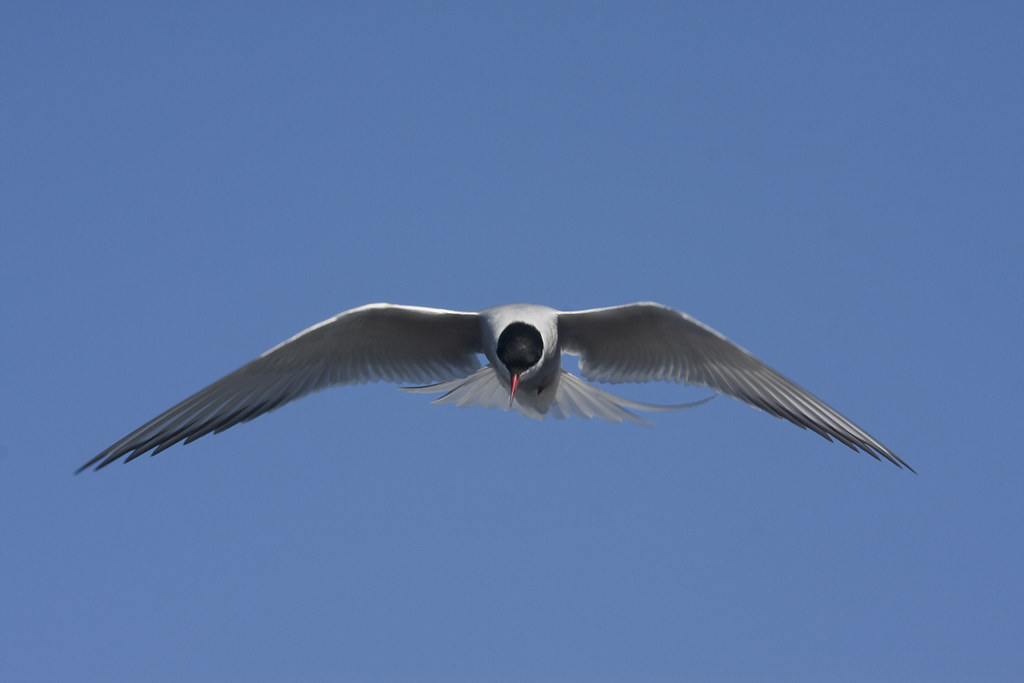
The Arctic Tern (Sterna paradisaea) holds the undisputed title for the longest migration of any animal on Earth. These relatively small birds, weighing just 100-120 grams, travel from their Arctic breeding grounds to the Antarctic and back annually, covering approximately 44,000 miles (70,800 km) in a roundtrip journey. Their pole-to-pole route allows them to experience two summers each year, maximizing their exposure to daylight. Research using geolocators has revealed that Arctic Terns don’t fly in a straight line but follow complex routes optimized for favorable winds and rich feeding areas over the ocean. Perhaps most remarkable is their longevity—with lifespans reaching 30 years, a single Arctic Tern might travel the equivalent distance of three round trips to the moon during its lifetime.
Bar-tailed Godwit: The Non-Stop Flight Specialist
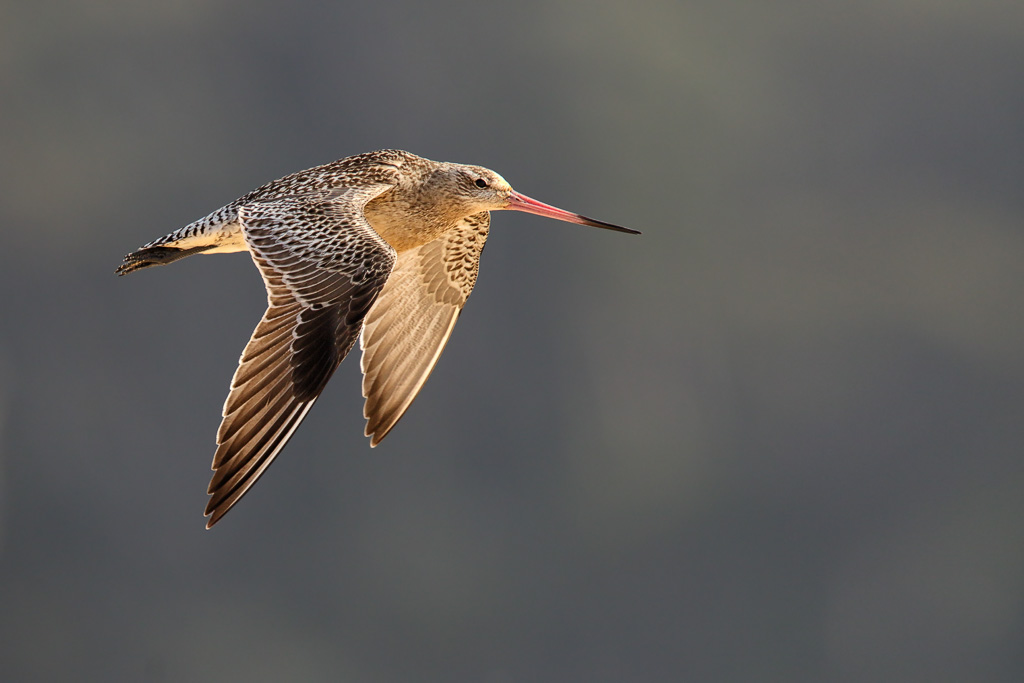
The Bar-tailed Godwit (Limosa lapponica) performs what might be the most physically demanding migration of any bird. In 2007, scientists tracked a female Bar-tailed Godwit (nicknamed E7) flying non-stop from Alaska to New Zealand—a journey of 7,145 miles (11,500 km) completed without a single landing to rest, drink, or eat. This marathon flight took nine days of continuous flying over the open Pacific Ocean. To prepare for this incredible journey, Bar-tailed Godwits undergo physiological transformations, shrinking digestive organs they won’t need during flight and nearly doubling their body weight with stored fat that serves as fuel. Their extraordinary endurance represents the longest continuous flight of any land bird and demonstrates the extreme physiological adaptations birds can develop for migration.
Wandering Albatross: The Oceanic Soaring Master
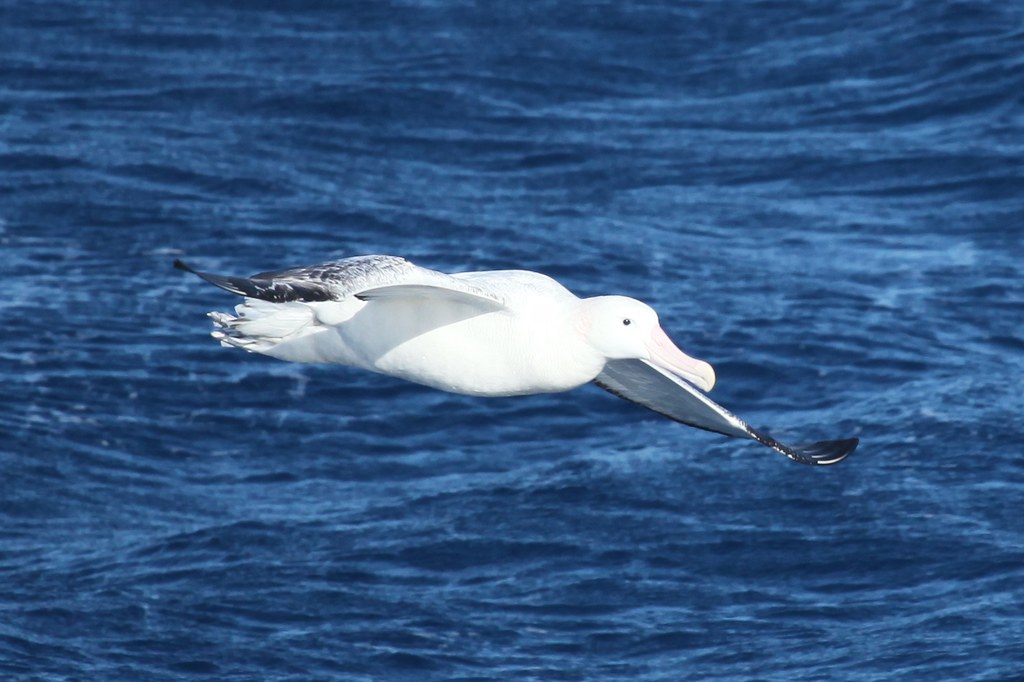
The Wandering Albatross (Diomedea exulans) boasts the largest wingspan of any living bird—up to 11 feet (3.4 meters)—which it uses to magnificent effect during its circumnavigation of the Southern Ocean. Unlike many migrants that follow set seasonal patterns, the Wandering Albatross circles the globe continuously, riding wind currents in a technique called dynamic soaring that allows it to travel thousands of miles while expending minimal energy. These birds can go months without ever setting foot on land, sleeping while gliding on air currents and drinking seawater (which they can filter through special glands). Satellite tracking has shown individual Wandering Albatrosses traveling more than 6,000 miles in just twelve days, and they may cover several hundred thousand miles during their lifetime journeys around Antarctica.
Ruby-throated Hummingbird: The Tiny Powerhouse
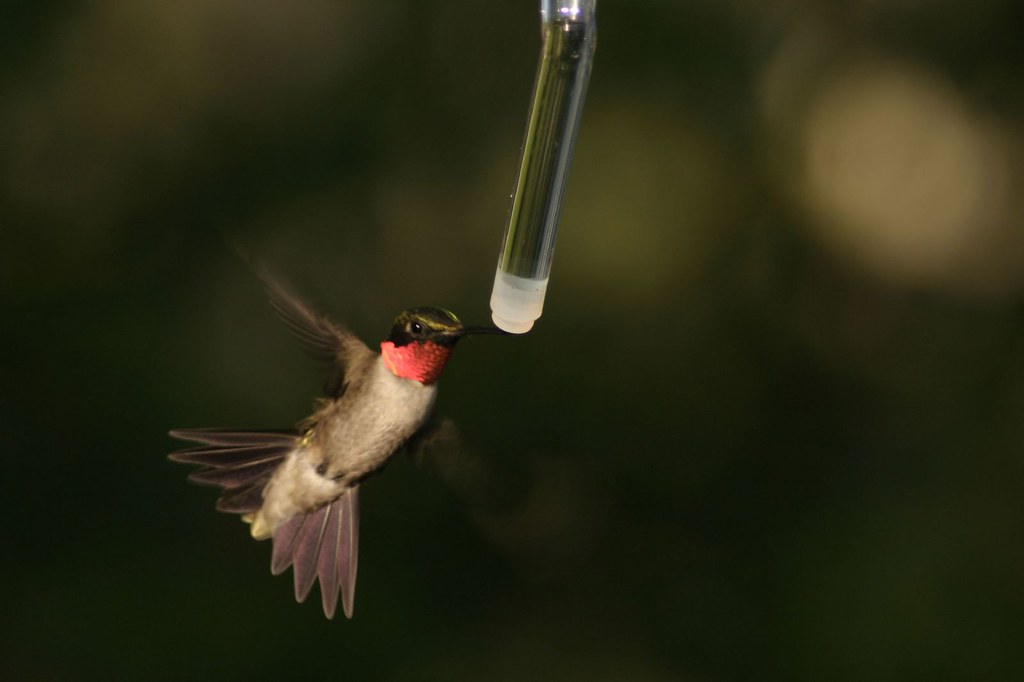
The Ruby-throated Hummingbird (Archilochus colubris) proves that impressive migrations aren’t limited to large birds. Weighing a mere 3-4 grams—less than a penny—these diminutive birds make a non-stop 500-mile (800 km) crossing of the Gulf of Mexico during their journey between North America and Central America. Before embarking on this oversea journey, Ruby-throated Hummingbirds double their body weight by consuming massive amounts of nectar, storing the energy as fat that will fuel their 20-hour non-stop flight. Their tiny wings beat about 53 times per second during normal flight, a rate that must be maintained throughout the entire gulf crossing without rest. What makes this feat even more impressive is that these hummingbirds migrate alone, not in flocks, with young birds instinctively knowing the route without ever having made the journey before.
Northern Wheatear: The Transcontinental Songbird
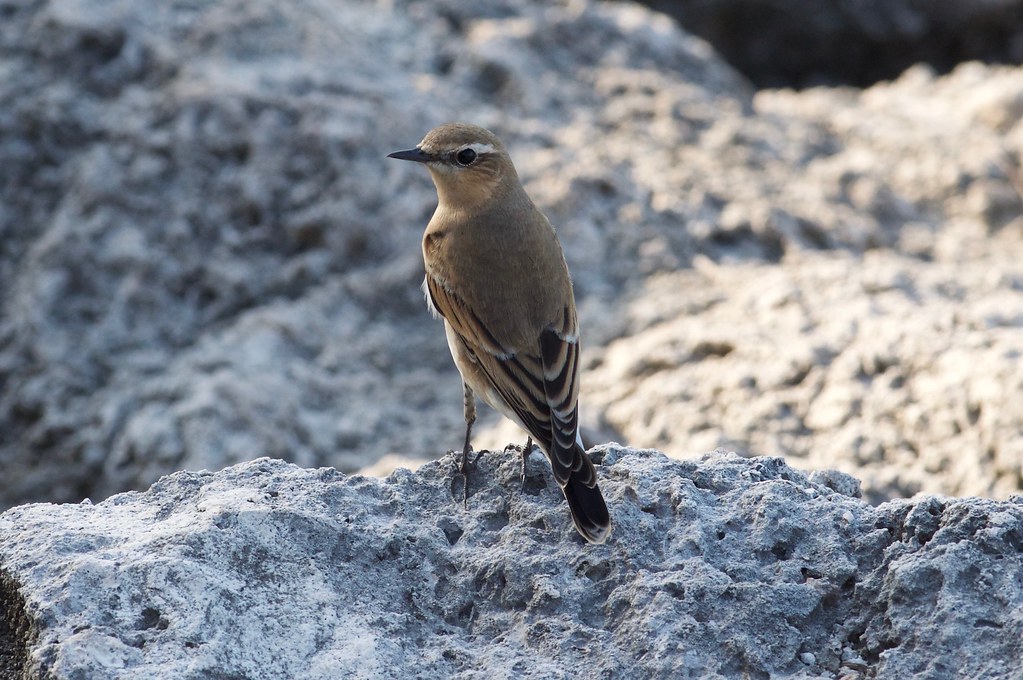
The Northern Wheatear (Oenanthe oenanthe) might seem unassuming at first glance, but this small songbird undertakes one of the most remarkable migrations relative to its size. Weighing just 25 grams, Northern Wheatears that breed in Alaska cross Asia and the Middle East to reach wintering grounds in East Africa—a journey of 9,000 miles (14,500 km) each way. Even more astonishing, the population that breeds in eastern Canada and Greenland crosses the Atlantic Ocean, traverses Europe and the Mediterranean, and crosses the Sahara Desert to reach the same African wintering grounds. Geolocator studies have confirmed these routes, showing that these tiny birds travel farther in relation to their body size than any other songbird. Despite their small stature, Northern Wheatears manage to complete this journey twice annually, guided by an internal genetic compass.
Great Frigatebird: The Aerial Endurance Champion
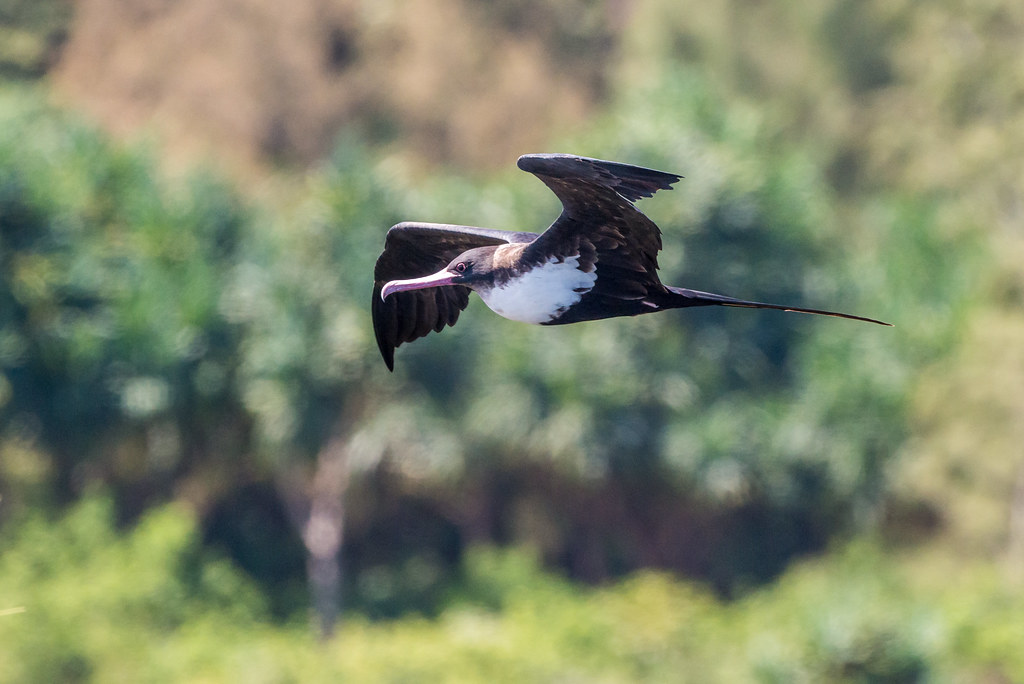
The Great Frigatebird (Fregata minor) represents a different type of aerial mastery—the ability to stay aloft for incredibly long periods. Scientific research has documented these birds remaining continuously airborne for up to two months without landing. Unlike most birds, frigatebirds cannot take off easily from water despite their oceanic lifestyle, as their feathers are not waterproof and they lack webbed feet. This limitation has driven the evolution of extraordinary flying abilities, including the capacity to sleep while gliding on thermal currents. Great Frigatebirds wander vast areas of the tropical and subtropical Pacific and Indian Oceans, covering distances exceeding 5,000 miles (8,000 km) on a single journey. Their massive wingspan relative to body weight creates an extremely efficient gliding system that allows them to soar effortlessly for weeks, sometimes following ships or tracking storm systems that stir up fish.
Swainson’s Hawk: The Intercontinental Raptor
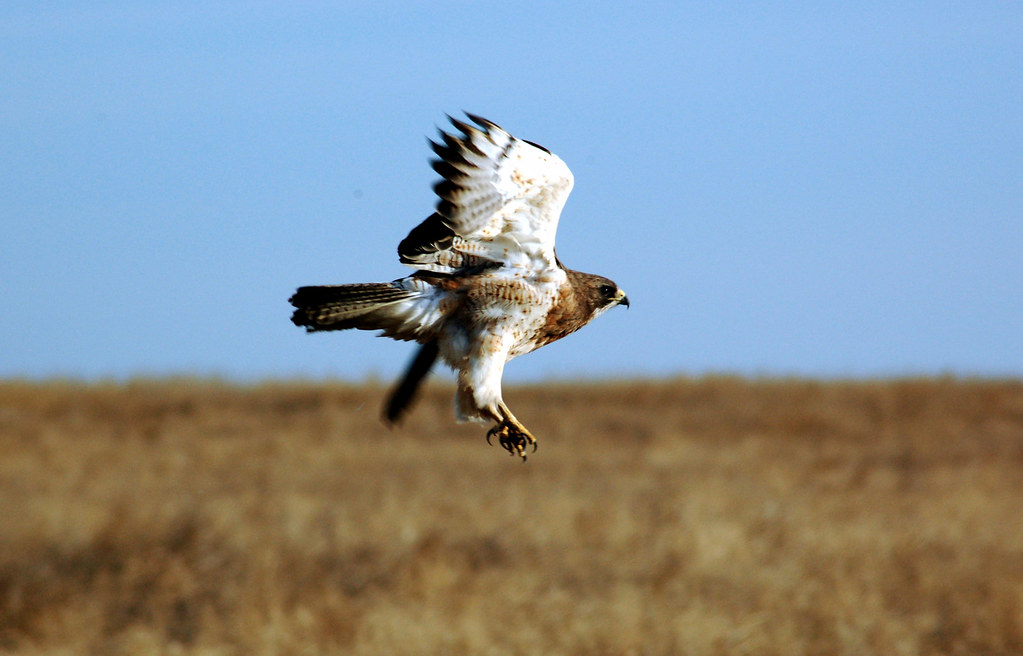
The Swainson’s Hawk (Buteo swainsoni) performs one of the longest migrations of any North American raptor, traveling in massive flocks from breeding territories in western North America to wintering grounds in the Argentine pampas. This round-trip journey spans more than 12,000 miles (19,300 km) and takes these birds through Central America, where thousands can be seen passing overhead in a single day during peak migration. Unlike many migrating birds that travel at night, Swainson’s Hawks are diurnal migrants, riding thermal currents that form during daylight hours to conserve energy. During migration, these typically solitary raptors become highly social, forming groups known as “kettles” that can contain thousands of individuals swirling upward on thermal air currents. Their diet also shifts dramatically between seasons—from predominantly mammalian prey during breeding to almost exclusively insectivorous during migration and wintering.
Red Knot: The Precision Timing Specialist
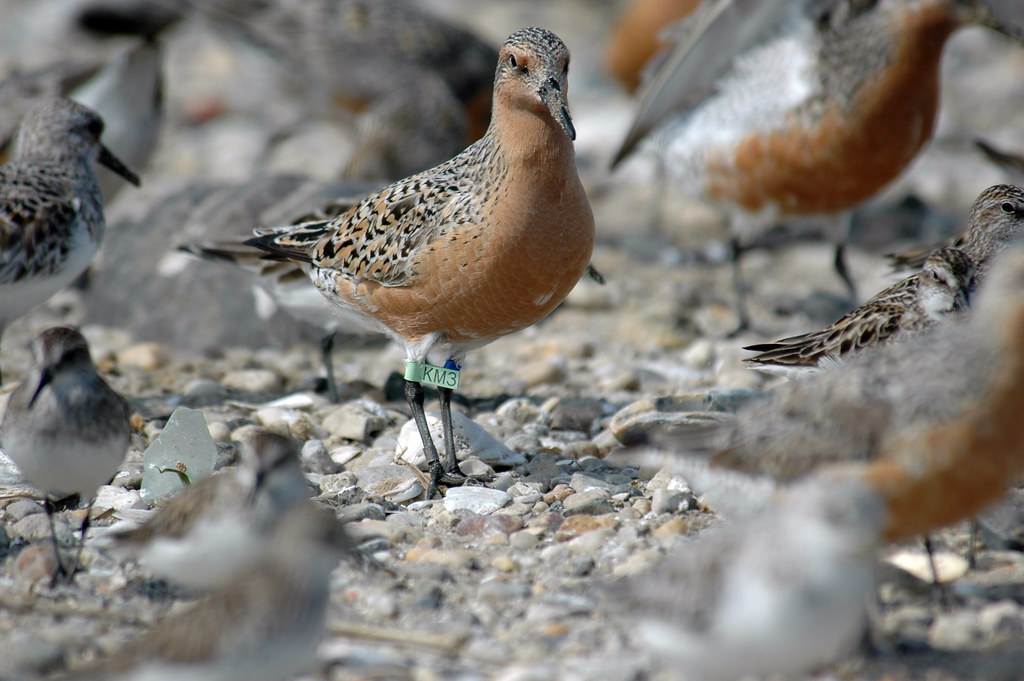
The Red Knot (Calidris canutus) demonstrates remarkable precision in its migration timing, coordinating its journey with specific biological events along its route. These medium-sized shorebirds time their northward migration to coincide exactly with the brief annual spawning of horseshoe crabs in Delaware Bay, where they feast on the crabs’ energy-rich eggs to fuel the final leg of their journey to Arctic breeding grounds. The rufa subspecies travels from Tierra del Fuego at the southern tip of South America to the Canadian Arctic, a round-trip of 19,000 miles (30,000 km) annually. Red Knots undergo dramatic physiological changes during migration—their digestive organs shrink during long flights to reduce weight, then rapidly regrow at stopover sites to process food efficiently. Scientists have documented some Red Knots making the same journey for over 20 years, demonstrating both their longevity and the precision of their navigational abilities.
Amur Falcon: The Trans-Equatorial Falcon
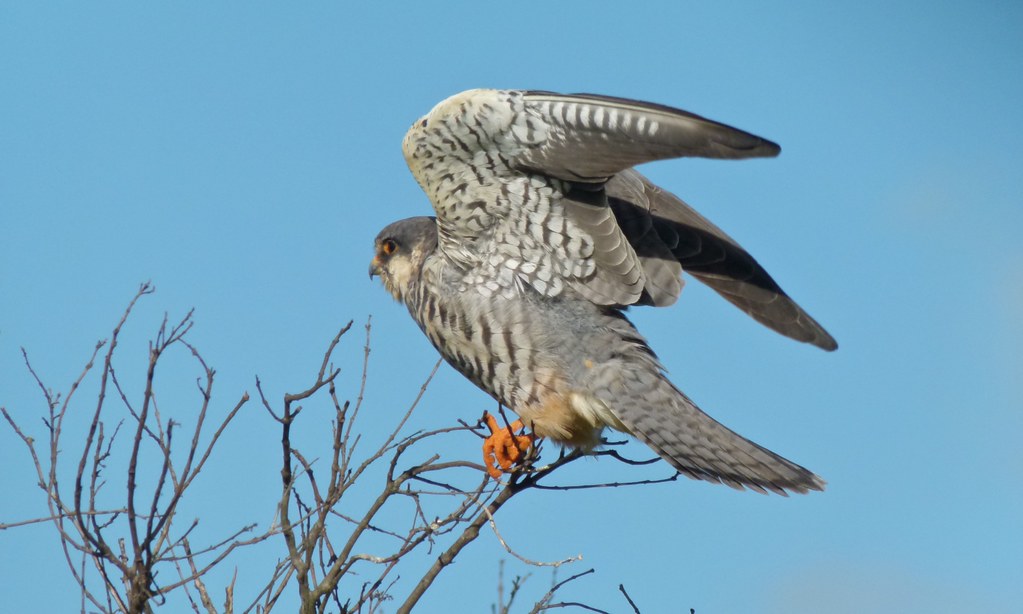
The Amur Falcon (Falco amurensis) undertakes one of the most remarkable migrations of any raptor, traveling from breeding grounds in Siberia and northern China to wintering areas in southern Africa. Their journey includes the longest overwater flight of any raptor, as they cross the Indian Ocean from India to East Africa—a non-stop flight of 2,500 miles (4,000 km). These small falcons gather in enormous flocks, sometimes numbering in the hundreds of thousands, in northeastern India before embarking on their ocean crossing. During migration, Amur Falcons switch their hunting schedule, becoming nocturnal to take advantage of flying termites and other insects that emerge after dark. Satellite tracking has revealed that these falcons can travel up to 600 miles (965 km) per day during peak migration, demonstrating speed and endurance that would be impressive even for birds twice their size.
Pectoral Sandpiper: The Romantic Wanderer

The Pectoral Sandpiper (Calidris melanotos) combines impressive migration with one of the most unusual breeding strategies in the bird world. Males of this species don’t just migrate once each year but make multiple journeys between different Arctic breeding sites within a single season. After mating with females at one location in the Arctic, males will fly hundreds of miles to another breeding area to find new mates, sometimes visiting breeding grounds in both Siberia and North America during a single summer. This multiple-breeding-site strategy means some male Pectoral Sandpipers may fly over 18,000 miles (29,000 km) in a single year when their traditional migration between South America and the Arctic is included. Research using geolocators has documented individual males visiting breeding territories separated by more than 1,800 miles (2,900 km) within a span of just two weeks, showcasing an extraordinary combination of romantic persistence and flying ability.
Lesser Yellowlegs: The Hemispheric Highway Flyer
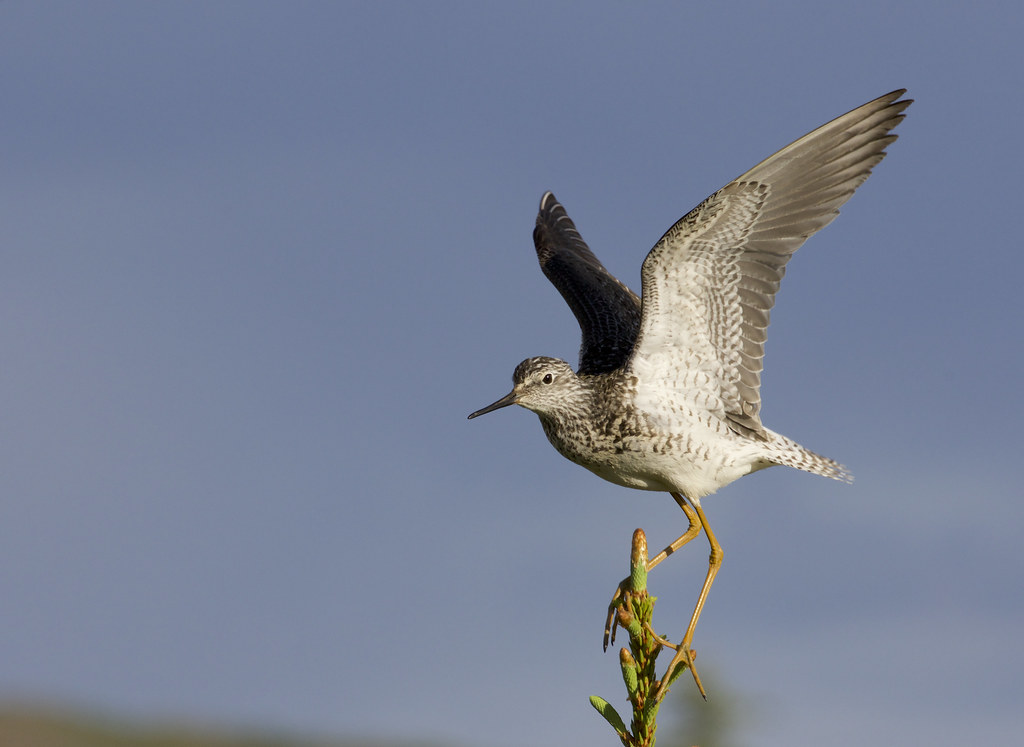
The Lesser Yellowlegs (Tringa flavipes) undertakes a remarkable hemispheric migration between breeding grounds in the boreal forests of Alaska and Canada and wintering territories as far south as Tierra del Fuego. These elegant wading birds follow different migratory routes in spring and fall, creating an elliptical migration pattern that takes advantage of seasonal wind patterns and food availability. During their journey, Lesser Yellowlegs make strategic stopovers at wetlands throughout the Americas, from prairie potholes to coastal marshes and tropical mangroves. Research using light-level geolocators has revealed that some individuals travel more than 15,000 miles (24,000 km) annually, with spring migration typically occurring more rapidly than fall migration. Unlike some migratory birds that travel in large flocks, Lesser Yellowlegs often migrate individually or in small groups, navigating across dozens of countries with remarkable precision to return to the same wintering and breeding territories year after year.
The Remarkable Adaptations of Avian Migrants
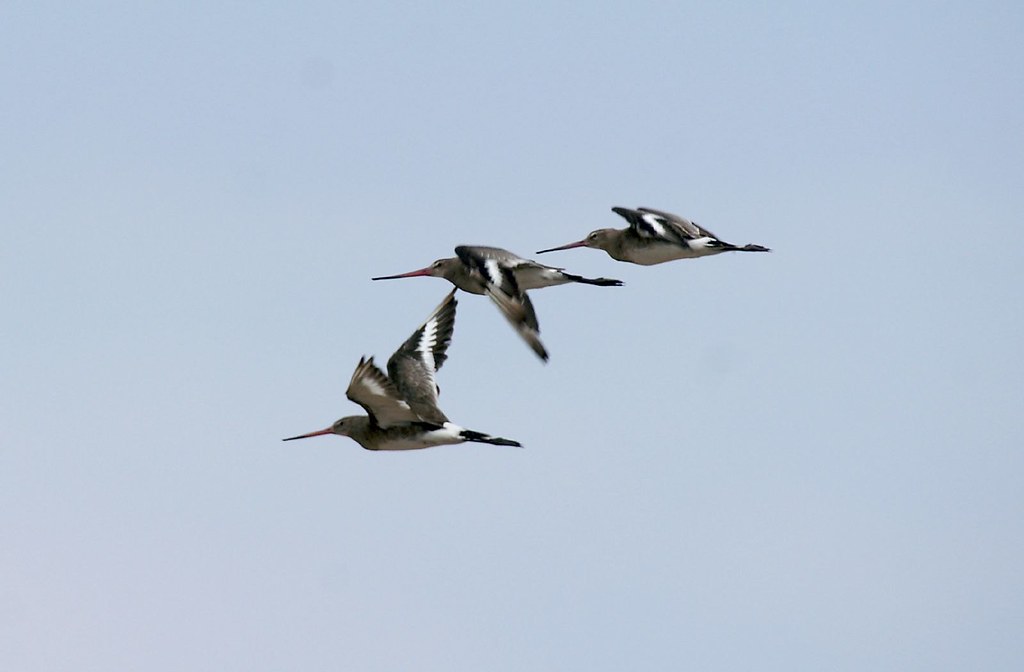
The extraordinary journeys made by these top ten migratory birds are possible only because of specialized physiological and cognitive adaptations. Migratory birds develop hyperphagia—an intense urge to eat—before migration, allowing them to build fat reserves that sometimes double their body weight. Many species undergo partial organ atrophy, temporarily shrinking digestive organs they won’t need during long flights to reduce weight. Their muscles adapt too, with increased mitochondrial density and specialized flight muscles that can efficiently metabolize fat during extended journeys. Cognitively, migratory birds possess multiple navigation systems, including the ability to detect Earth’s magnetic field (possibly through quantum effects in their eyes), celestial navigation using stars, sun-compass orientation, and the capacity to create mental maps of landscape features. These redundant systems ensure that even when one navigational cue is unavailable—such as stars on cloudy nights—birds can still maintain their course across thousands of miles of featureless ocean or desert.
Conservation Challenges Facing Bird Migration
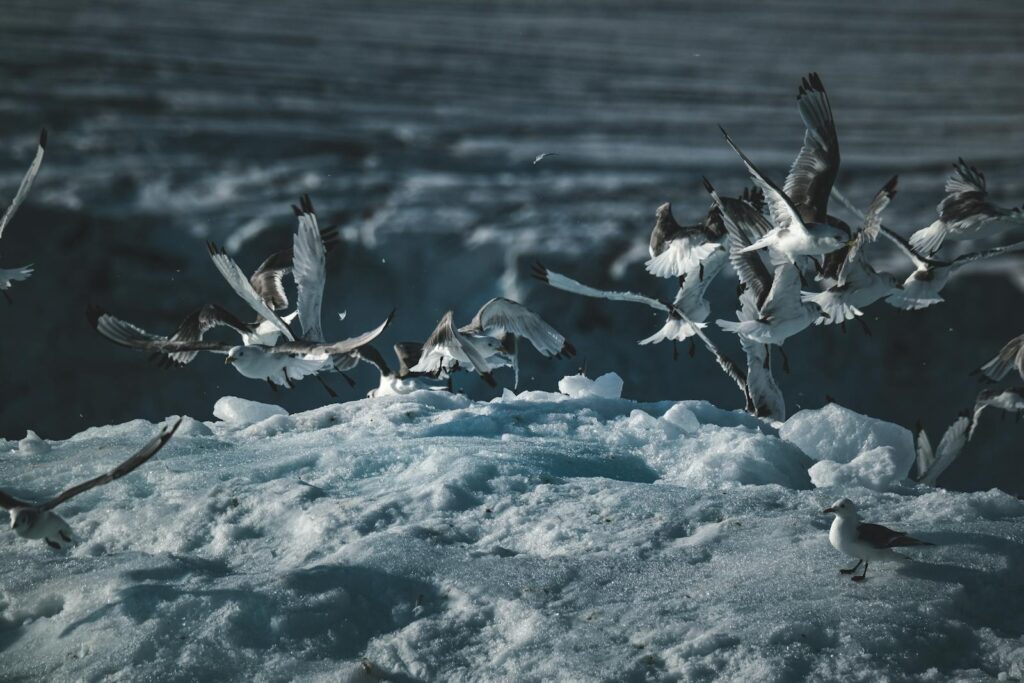
Despite their remarkable abilities, many of the world’s most impressive avian migrants face serious threats to their survival. Habitat loss affects these birds at multiple points in their journey, from disappearing breeding grounds in the Arctic due to climate change to destruction of crucial stopover sites where birds refuel. Light pollution disrupts celestial navigation cues, causing disorientation during night migration and resulting in millions of fatal collisions with buildings annually. Many migratory species must contend with hunting pressure along their routes, particularly in regions where traditional bird hunting remains common. Perhaps most concerning is that migratory birds face a “three-fold jeopardy”—threats in breeding areas, along migratory routes, and in wintering grounds—making them particularly vulnerable to cumulative impacts. Conservation efforts for these globetrotting species require international cooperation, as no single country can protect birds that cross dozens of national boundaries during their annual journeys.
Conclusion: Winged Wonders of Global Navigation
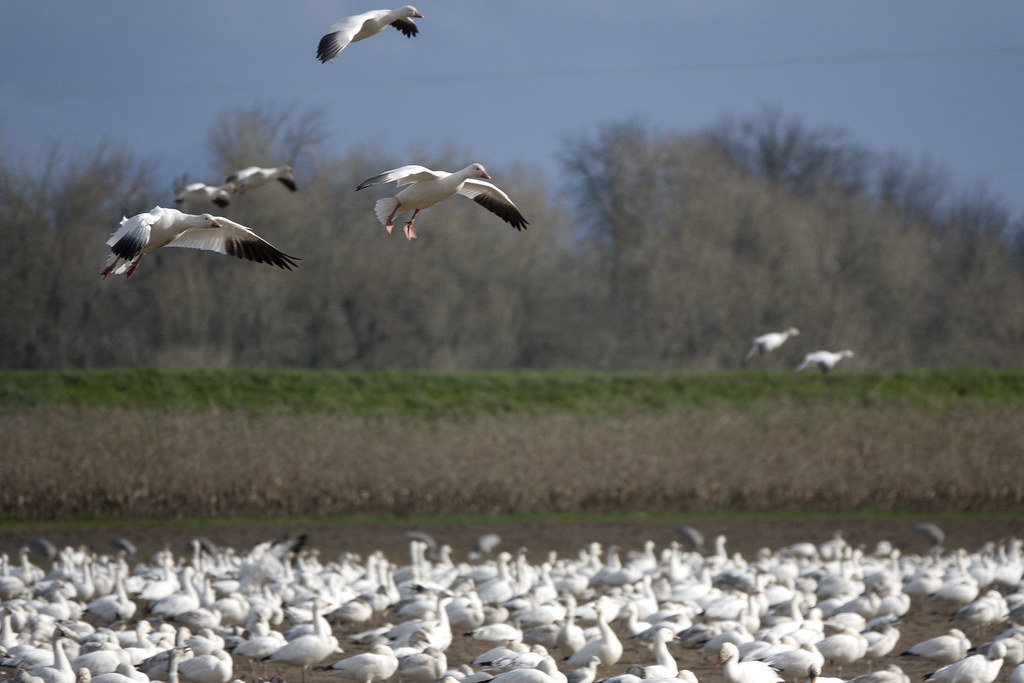
The ten bird species highlighted in this article represent some of nature’s most astonishing navigational achievements. From the Arctic Tern’s pole-to-pole marathon to the Bar-tailed Godwit’s non-stop ocean crossing and the tiny Ruby-throated Hummingbird’s Gulf of Mexico sprint, these avian travelers demonstrate that extraordinary feats of endurance and navigation aren’t exclusive to human technology. Each species has evolved specialized adaptations for its particular migratory challenge, whether flying at high altitudes over the Himalayas, crossing vast oceans, or navigating across featureless deserts. As we marvel at these winged wonders, we’re reminded that their journeys connect distant ecosystems and different hemispheres in ways that transcend human borders. By protecting these global travelers and the habitats they depend on throughout their range, we preserve not just individual species but the magnificent phenomenon of migration itself—one of nature’s most spectacular displays of adaptation and endurance.
